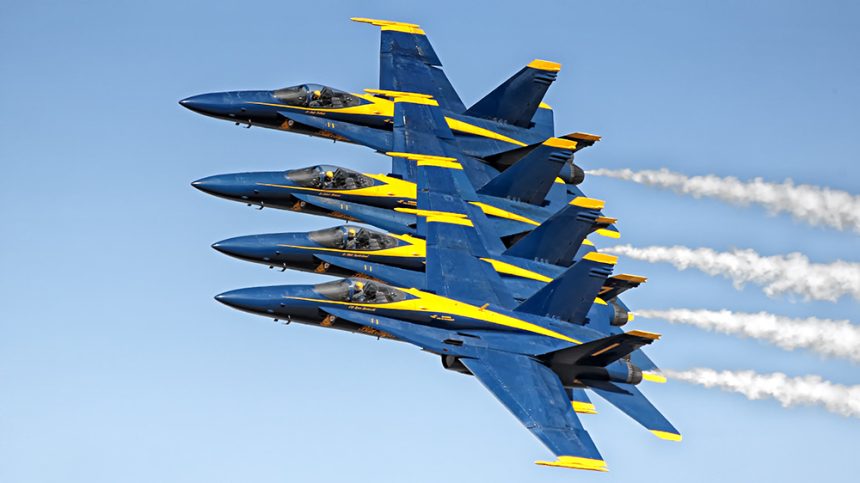New, Larger Aircraft Will Change Display Routine, Add Range for Ferry Flights.
After several seasons of speculation, official U.S. Navy documents have revealed the U.S. Navy Flight Demonstration Team, The Blue Angels, will receive the larger, upgraded Boeing F/A-18E single seat and F/A-18F two-seat Super Hornet to replace their aging F/A-18C/D Hornets, by the end of 2021.
The news is exciting for several reasons. By the time the first full show season in the new Super Hornets (existing ones retrofitted into a Blue Angel aerial demonstration team configuration) arrives for the Blues , the team will have been in the existing version of the Hornet for 35 years. That’s a long time for a demonstration aircraft. Most current generation Blue Angel fans have never seen the team fly any other aircraft, so the upgrade to the Super Hornet adds an element of freshness and excitement to the team’s sensational display.
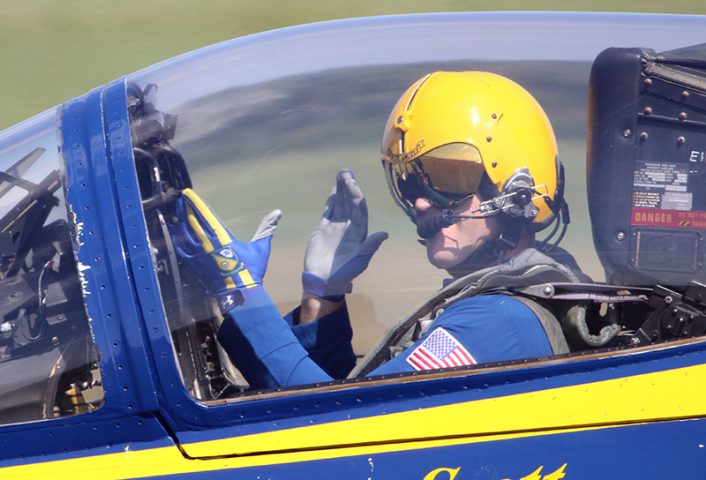
Prior to getting their current F/A-18 Hornets the Blue Angels flew the small, single-engine Douglas A-4 Skyhawk. While the Skyhawk had an impressive combat record with the U.S. Navy and the U.S. Marines during the Vietnam conflict, the aircraft was quieter, smaller and more difficult to see during demonstrations. It was, however, a good choice for the team during the energy crisis of the late 1970s since the Skyhawk used less fuel.
But the A-4 Skyhawk lacked the visual and audible impact of its predecessor, the larger, smoky, twin-engine McDonnell Douglas F-4J Phantom II flown by the team from 1969 until 1974. For a brief period both the Blue Angels and the USAF Thunderbirds flew the F-4 Phantom II, with the Thunderbirds operating the F-4E version. The Thunderbirds transitioned from their F-4E Phantom IIs in 1974 also in response to the energy crisis when they opted for the smaller T-38 Talon trainer. Today the Thunderbirds use the F-16 Fighting Falcon single engine aircraft in two different versions.
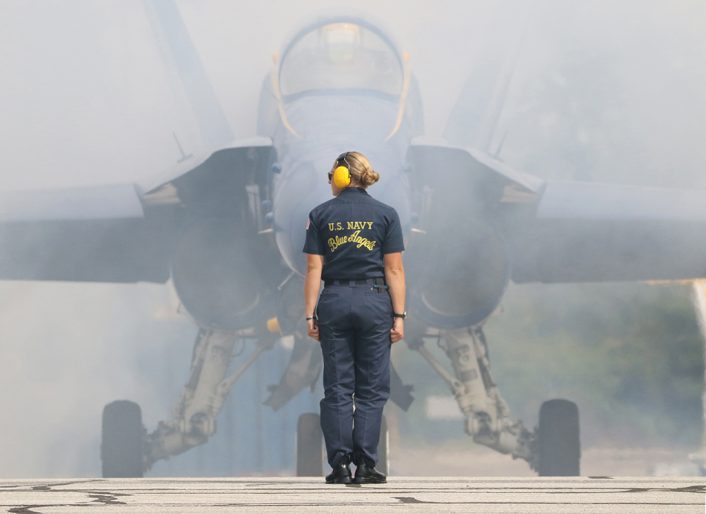
The upcoming change to Super Hornets means the Blue Angels remain America’s only twin-engine jet demonstration team. And, with the new, larger Super Hornets and their over 4-foot wider wingspan than the previous Hornet, the visual impact of the new demonstration routine will surely be striking.
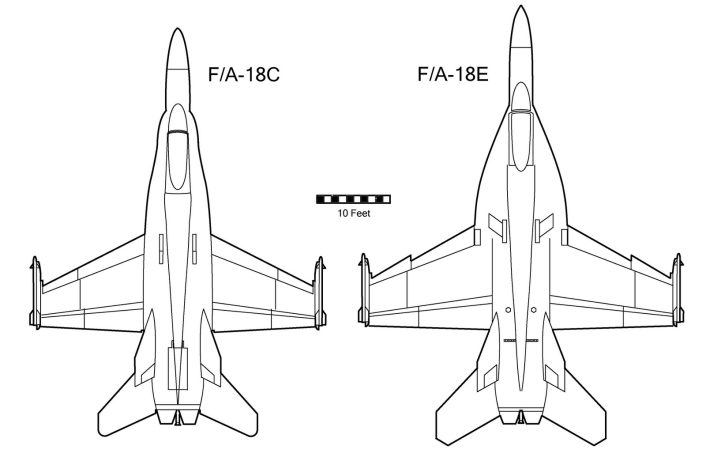
The Blues will take delivery of the Super Hornets in late 2021 in time to work-up for the following airshow season. The aircraft to be flown by the Blue Angels will be fleet aircraft modified for airshow demonstration with biodegradable colored smoke injectors, fuel flow modifications to facilitate extended inverted flight and the addition of 7-pounds of forward hydraulic force on the control stick when maintaining level flight to improve the handling of the aircraft in turbulent, close formation flying. The aircraft are expected to maintain the current blue and yellow paint scheme that contrasts well against afternoon skies when the Blues fly most of their flight demos.
Some aviation photographers suggest the Blue Angels are easier to photograph than their USAF counterparts, the Thunderbirds, because the larger Blue Angel F/A-18s with their darker paint schemes contrast better against late afternoon airshow lighting conditions allowing modern DSLR autofocus systems to acquire the aircraft more easily in flight.
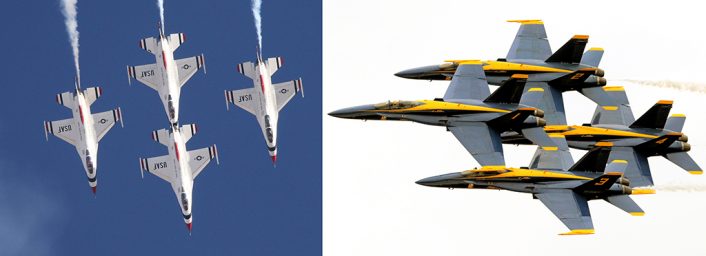
The Blue Angels will receive nine F/A-18E single seat and two F/A-18F two-seat aircraft for the team. The Department of Defense procurement order for the total of eleven aircraft indicates a program conversion cost for the aircraft to demonstration condition of $17,002,107.00 USD. Approximately 3 million spectators see the U.S. Navy Blue Angels perform during a typical airshow season of about 70 flight demonstrations at 30-35 separate locations around the U.S. and the world. That means if the Blue Angels use the new F/A-18E and F Super Hornets for the next 30 years potentially 90,000,000 viewers, many of them repeat fans, will see the Blues perform.
Flight Demonstration teams like the Blue Angels are critical recruiting and public affairs tools for the U.S. military. Many military aviators trace at least part of their career choice to inspiration from early exposure to one of the military demo teams. With the current pilot shortage in the U.S. military the demonstration team’s mission is more important than perhaps any phase in recent history.
Top image credit: U.S. Navy

